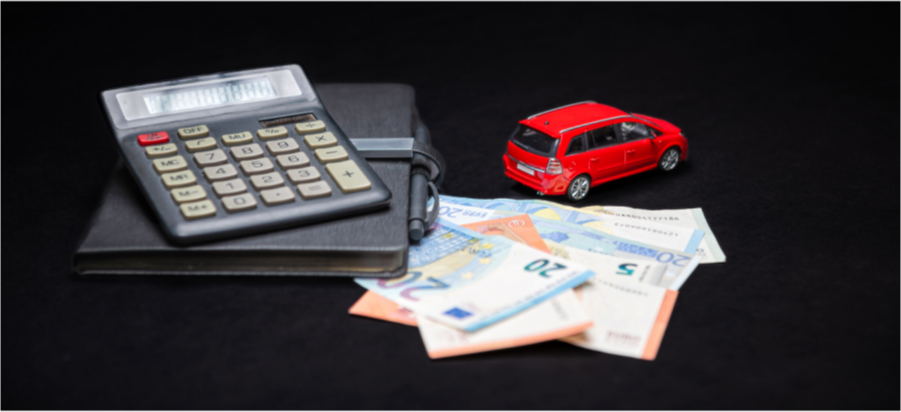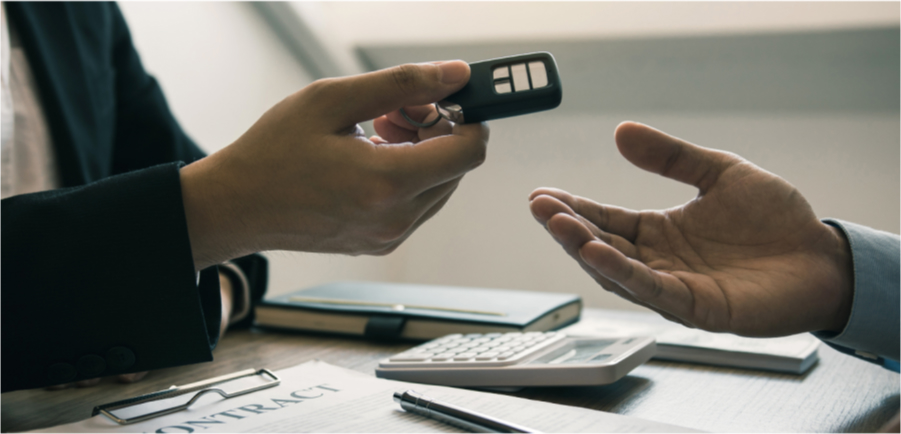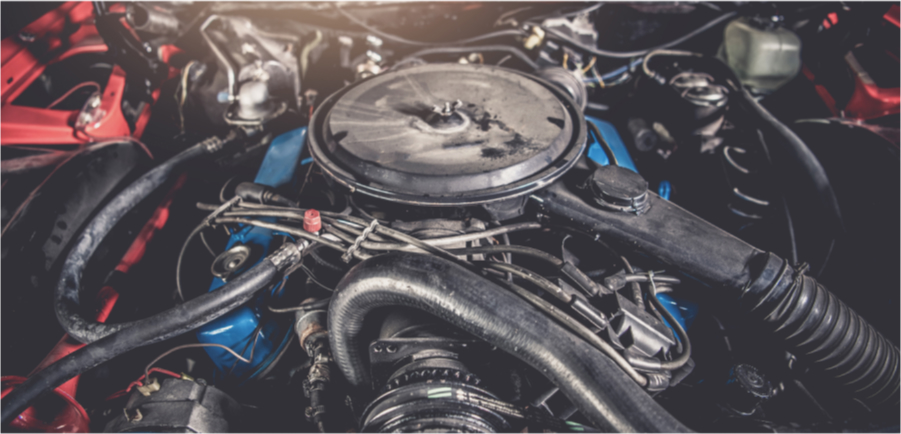How to Exchange a Part of a Car on Finance – Optimal auto Part

How to Upgrade Car Parts When Your Vehicle is on Finance
Buying a new car with a finance plan helps you manage payments over time, but what if you want to switch to a different car later? You might consider trading in your current car for a better fit
Can I part exchange car on finance?
Part exchanging means swapping your old car for a new one. The dealer evaluates your current vehicle's worth, which goes towards the down payment for your new purchase. If you agree with the offer, the dealer purchases your car.
But, trying to sell a car with outstanding finance might violate your contract since the vehicle isn't yours until the finance is completely paid off, along with any fees. You have two options for part exchanging a financed car: pay off the remaining balance before trading it in or let the dealer include the settlement amount in a new deal.
Understanding Finance Agreement Terms
When it comes to trading in your car for a new one, the process seems pretty simple. But things can get a bit tangled if you're still paying off your current car. See, if your car isn't fully paid off yet, selling it could stir up some trouble. Technically, the vehicle still belongs to the finance company until you've paid off the loan completely. That means you can't just sell it off without their say-so—it's not legally yours to sell until the finance company gives the green light.

Finalize Your Finance Agreement for the Part-Exchange
In most car finance arrangements, the lender legally owns the vehicle until you've fully repaid the finance. As a result, you can't exchange or sell the car while there's still outstanding finance. One method to part exchange a financed car is to settle the finance agreement.
To achieve this, you'll need to request the early settlement amount from the lender. Once this sum is paid off, you gain full legal ownership of the vehicle. Then, you're free to sell or exchange the car according to your preferences. This applies across various finance types like Hire Purchase (HP), Personal Contract Purchase (PCP), and Conditional Sale (CS), though specific procedures may vary based on your lender and loan terms.
For PCP finance, it's important to settle the balloon payment at the end to acquire ownership. Alternatively, you can return the car and initiate a new finance deal with the lender.
In the case of Hire Purchase, an 'option to purchase' fee is required for full ownership.
Another route to settle your car finance early is through voluntary termination. This involves ending your current finance agreement and returning the car to the finance company. To qualify, you must have paid at least 50% of the total amount due or make a lump sum payment to meet this threshold.
It's crucial to note that voluntary termination means forfeiting any deposit for your next car. Therefore, carefully weigh your options before pursuing this route. If unsure, reach out to your lender for guidance on the best course of action.

Arrange for the dealer to cover the early settlement amount
In certain situations, a dealer might agree to cover the early settlement amount for your financed car if it's in positive equity.
Positive equity occurs when the vehicle's appraisal value exceeds the early settlement figure. For instance, if your current car is appraised at $5,000 and you have $2,000 remaining on your finance contract, you'll have positive equity of $3,000. Once the existing agreement is settled, this $3,000 can serve as a deposit for your new car.
Once the dealer has cleared your outstanding finance, they'll utilize the equity as a deposit toward your next vehicle. It's important to note that if you're in negative equity, you may end up paying more to the dealer for the part exchange.
Negative equity arises when your vehicle's value is less than the settlement amount specified by your lender. For example, if your car is valued at $3,000 but you still owe $3,500 on your agreement, you'll be in negative equity and will need to pay $500. Unlike positive equity, this situation leaves you without funds for a deposit.
In such circumstances, it might be preferable to clear your financed car or wait until the agreement concludes before considering a part exchange.
Other Options Besides Part-Exchanging Your Financed Car
If you're currently in a car finance agreement and you're considering getting a different vehicle, part-exchanging your car isn't your only choice. There are alternatives available for switching your car even with outstanding finance. Your lender should be willing to discuss these alternatives with you. Since the options can differ based on the lender and the type of loan you have, it's a good idea to reach out to your lender if you're interested in changing your car midway through the agreement. They can advise you on what options are available to you.
Frequently Asked Questions (FAQs)

After the customer brings in the car for exchange, we issue them a certificate of undertaking. Then, once the car is sold, we help the customer with the documentation needed to transfer the vehicle into the name of the new owner.

Keeping a car that costs more to maintain than it's worth doesn't make much sense. Especially when the resale value is high: it's crucial to note that a car typically loses about 50% of its value within 4-5 years. Therefore, it's advisable to sell it as soon as possible to maximize the price you get when you resell it.

When it comes to exchanging your car, you're fully reliant on the dealer. Sometimes, there are multiple inspection stages involved. If the inspector or surveyor isn't available, it can cause further delays in the process. In most cases, you'll almost always get a better price for your car by selling it rather than exchanging it.